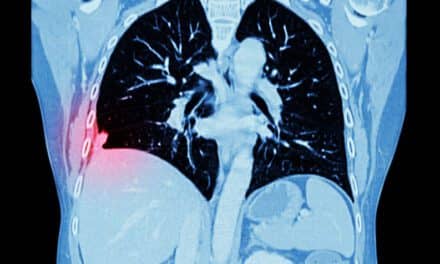In uncertain economic times, preventative and ongoing equipment maintenance is critical, and it need not be burdensome or costly.
The days when health care remained unscathed by economic ebbs and tides have slipped away. Health care providers have been impacted like never before with current economics, and many are exploring new ways to maintain quality care while decreasing operating costs.
Diagnostic imaging managers face the challenge of cutbacks along with escalating exams. Studies reveal that although the number of imaging exams increases every year, most US hospitals have elected to postpone new system purchases. This means having to retain equipment longer and run existing scanners and systems at full capacity to meet high volume demands. As a result, equipment maintenance and service programs are being reevaluated and perhaps redirected to reduce costs.
In the past, extended service agreements with OEM system manufacturers were the norm. In today’s economic scenario, hospitals and integrated health care delivery networks (IDNs) are partnering with alternative service providers, or investing in their own competency with in-house clinical engineering programs to assume greater self-reliance and budget control.
Extending the Life of Existing Equipment

COURTESY OF DUNLEE, A DIVISION OF PHILIPS HEALTHCARE
With prolonged use of equipment, it is important that replacement parts are tested and fully compatible to maximize equipment uptime and assure proper operation. Medical equipment matures in three phases or cycles:
New Technology: New equipment with new technology is warranted and serviced by the OEM for the first few years. If the technology is not new, hospitals can reduce costs by using alternative service options.
Mid-Cycle: As equipment matures, the imaging services it provides need to be balanced with the costs associated with keeping it operational. Often mid-cycle units are no longer the primary workhorses in a department. For example, a 16- slice CT unit may be relegated to a backup room after being replaced by a 64-slice scanner. The asset needs to be managed for service expenses relative to its clinical utilization and efficacy. During the mid-cycle phase, hospitals and IDNs can significantly reduce operating expenses by using alternative service providers.
Legacy: As equipment approaches the end of its life cycle, it can still be retained as a meaningful asset until service costs become too extensive or when replacement parts are no longer available. Some service providers will harvest useful parts from an obsolete unit to use in other systems.
Transitioning to Alternative Service
Today’s health care providers need flexible service delivery programs designed around their specific needs. This includes having a reliable source for high-quality replacement parts, proper training for the in-house service team, and partnership with a qualified alternative service provider.
Transitioning service will go smoothly as long as there is a well-thought-out game plan in place. One of the most critical steps is lining up a reliable source for replacement products. Reputable alternative service providers have immediate access to replacement tubes and other system parts for any OEM brand and model of equipment. Most replacement tubes are supplied by independent tube manufacturers, such as Dunlee.
If you are inclined to think the independent’s tubes will be substandard to the OEM’s, think again. As a division of Philips Healthcare, Dunlee is an OEM supplier, with access to the most advanced tube technology in the world. In addition to designing tubes for Philips systems, Dunlee uses reverse engineering techniques to manufacture replacement tubes for all popular brands including GE, Siemens, Toshiba, and other systems. After an extensive evaluation of the inner workings of an OEM tube, Dunlee’s replacement product incorporates the best features of the original tube as well as enhancements to the original design.
Although the health care industry remains in flux, smart imaging managers are developing effective game plans to control costs without disrupting patient care. Preventative and ongoing equipment maintenance need not be burdensome—as long as it is outsourced to a reputable, vendor-neutral, cost-effective service provider. If you’re looking for turnkey, full-service solutions or flexible programs to complement in-house support, there are excellent sources you can tap into to keep equipment up and running throughout its life cycle.
Thomas T. Spees is director of US sales for Dunlee.






